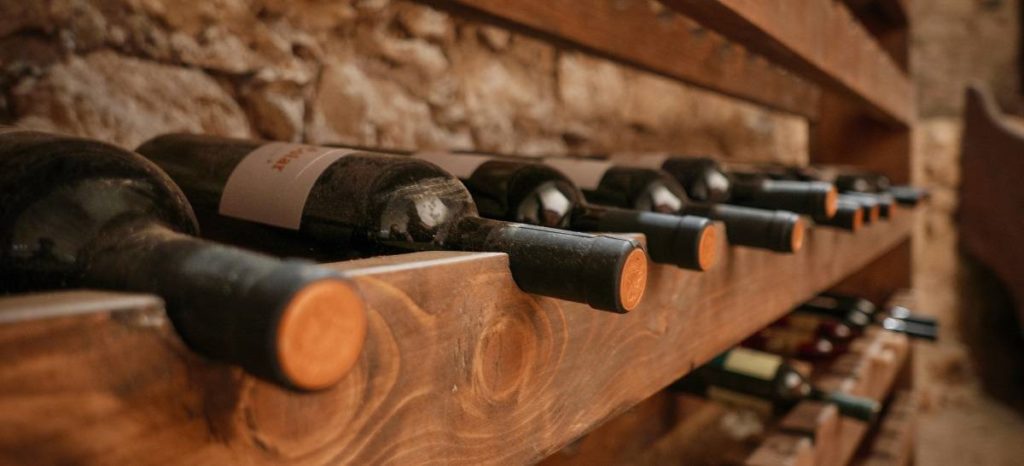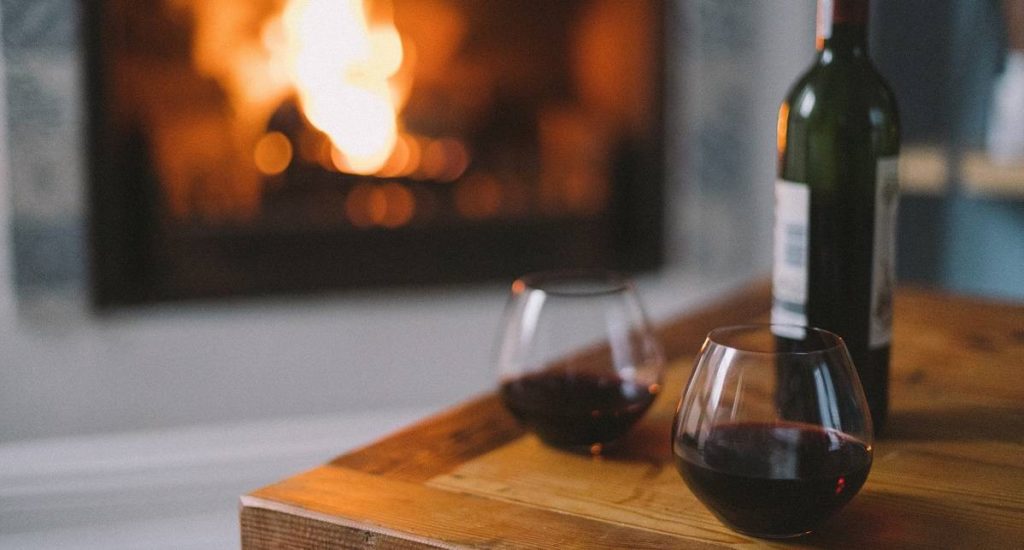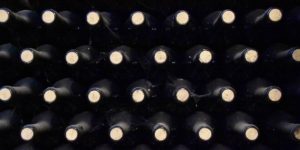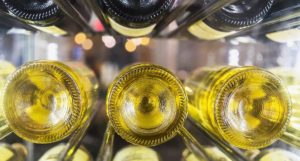Unless you buy the cheapest bottle of plonk in the supermarket and don’t care for how it tastes, you are probably wondering how best to keep your wine so you get the most out of it when it comes to drinking it.
The temperature, amount of natural light and stability of the bottle an all change how it tastes. Oxygen also happens to be wine’s worst enemy, and bottles should traditionally be kept on their sides so the cork is kept moist.
This is why wine fridges are a very popular purchase. They can keep temperatures low enough, keep the bottle stable and also help you to keep your food fridge for its primary use.
Precise storage advice can, however, depend on whether the wine is white or red, whether it is corked or screwtop and how old it is. So without further ado, here is the ultimate guide on how to store wine depending on the type and bottle.
Angle
First thing is first – does it need to be vertical or horizontal?
If you have a screw-top bottle, it can be stored either way. But if the wine is corked, you should keep it at such an angle that the wine is constantly in contact with the cork (so horizontally).
This is so the cork doesn’t dry out too much. If it were to get dry, the cork could shrink, which would let oxygen in.
There is a newer theory that wine is actually best kept at an angle. This would mean that both the wine and the air bubble are kept in contact with the cork, so if the temperature were to fluctuate, it would be air and not wine which would pass through the cork.
Most modern-day wine fridges are built so the temperature will not vary, especially not for long enough to make a huge difference. But if you have any speciality bottles which will be in storage for a long time, it could be worth putting a slightly angled wedge under the neck of the bottle – just be sure the bottle wouldn’t be able to roll off it. This is usually only for places where the temperature can change by more than 10°C (18°F)
Temperature
The other big point – what temperature should wine be stored at? As mentioned above, temperature fluctuation can play havoc with wine, so the most important thing is that the temperature remains as stable as possible.
The cooler wine is kept, the slower it will develop, and warmer temperatures mean it will develop faster.
Never store wines below -4°C (25°F) because the lightest wines can freeze and force the cork out of the neck. Likewise, anything above 30°C (86°F) can ‘boil’ a wine and affect the colour and taste forever.
Somewhere between 10°C and 15°C is usually seen as ideal. Between 15°C and 20°C won’t be damaging as long as this temperature doesn’t change, which can be risky in winter.
This is why it is important to keep a wine fridge somewhere in your house which won’t cause the inner temperature to adjust. Usually, avoid any outhouses and the garage or shed if they aren’t heated.
But what about serving?
“Reds should be served at room temperature” is a common belief.
Actually, storing them colder helps to bring out the flavours in the wine, particularly if they’re fruity. Lighter reds such as Beaujolais and pinot noir particularly benefit from this. Even full-bodied reds such as cabernet sauvignon, shiraz and malbec should be served cooler than we are normally accustomed to.
Serving at room temperature actually comes from a time when we didn’t have nice cosy homes with radiators and log fires. So, serving at 17°C or 18°C (meaning to leave it out for a little bit nut not too much) is best.
The same applies to whites, which are commonly served even colder but this can actually strip the flavour away. Fizz should be well chilled and served as so.
Wines will start to lose their pizzazz after around 2-3 days, even if stored correctly, so get sipping.
Light
Strong light can change the taste of wine too. This applies particularly to sparkling wine and is especially important if the bottles are made from clear or pale glass.
This is why wine bottles are commonly coming in darker bottles. They’re like sunglasses for wine! Champagne is also usually wrapped in some form of labelling or tissue paper if the bottle is clear for aesthetic reasons.
If your fridge will be in a sunny spot, or area where the lights are always on, look for a door which has UV protective glass. Don’t worry about the light actually in the fridge for display purposes – while you can usually turn it off and on, it won’t damage the drinks.

Humidity
Somewhere between 50% and 70% is usually considered safe, although up to 80% is also fine. Just be aware that higher humidities can damage labels in the long-term.
Vibration
All fridges naturally vibrate when working, but there are theories that regular vibration can affect the taste long-term by speeding up the reactions in the liquid.
There is little evidence of major damage being done, but speciality wine and people serious about collecting may worry about sediment being disturbed and the wine not settling in terms of flavour and look, and it would taste bitty.
It is unlikely to be an issue for short-term storage, but things like wooden shelving and curved-out holders can reduce vibration.




